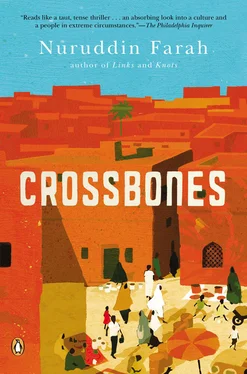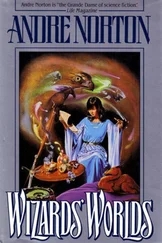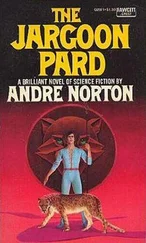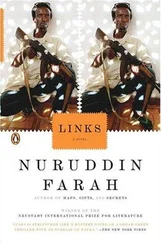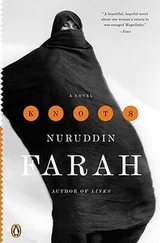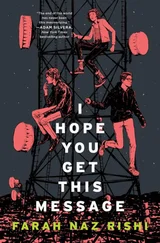Malik finds himself for the first and only time in his life carrying the bier of someone he didn’t even know, and moved to be participating in the ritual. He gives his place over to Fee-Jigan, who in turns passes it to Qasiir, until they reach the edge of the waiting grave.
Just then Malik’s mobile, which is in vibrate mode, makes a purring sound in the top of his shirt pocket. He checks most discreetly at the first opportunity, having stepped out of everybody’s way. It’s a text from Ahl. “Taxliil here. All well, considering. Talk when you can.”

Malik recalls drafting a text message to Ahl, but not whether he sent it before the improvised roadside device struck the van he was traveling in. He remembers he’d been with others on their way back from the funeral of a journalist. Now, half-unconscious and lying on his side, in pain, he composes more text messages in his head: Talk of the walking wounded! But he can’t press the send button. One needs hands to write a message, and Malik can’t feel his hands. This does not stop him from adding a PS: Imagine the injured working through much pain, the wounded autographing the death warrants with a great flourish.
It is curious, he thinks, that he has not made personal acquaintance with an improvised explosive device until now.
In Somalia, IEDs did not figure much among the signatures of any of the armed factions in the Somali conflict until the Ethiopians arrived. Before, one would hear of two men on a motorbike or two or three on foot and in balaclavas, armed with pistols, hiding around a curve in the road as they waited for their victims to come out of a mosque or out of a car. The killers would ride away on their bike or they would run off, unidentified. Of late, however, roadside bombing has become the insurgents’ favorite mode of operation. They study the movements of their victims and plant custom-made, pre-designed explosive devices accordingly, to pick off by remote control a government official traveling by car or an Ethiopian battalion decamping from one base to another, or journalists covering a momentous event.
Malik drafts in his head yet another text message to Ahl, informing his brother that he is now a casualty of the device, but, thank God, he is still alive. In fact, he can hear the explosion replaying in his memory, he can see the smoke it generated, he can smell the powder it emitted and he can feel in his own body the demolition of the device. He is bruised here and there and has suffered a concussion, but he senses he is regaining his ability to move some of his limbs. He moves a leg, as if to prove it to himself. Alas, the leg won’t obey his command. What about his arm? His arm is more obliging, maybe because it is free from other obstructions, unlike the leg, which is bent under his body. It is in his head that the concussion has been concentrated. His neck is in some sort of a twist, and the back of his head is wet, but he cannot tell if it is blood or water that someone has spilled. He bends his knees some more and then stretches his leg, despite the impediment.
Then he opens his eyes, only to close them.

The device that blew up the car carrying Malik and his fellow journalists on the way back from Shire’s funeral claimed the lives of three of them. Malik had chosen to ride with the other journalists instead of driving alone with Qasiir. As he replays the explosion in his memory, he is uncertain if one or two of the tires of the twelve-seater van in which they were traveling had burst, or if it had been preceded by a man on motorbike shooting at them. Anyhow, instead of the vehicle collapsing in on itself like a punctured ball, Malik sensed the minivan lifting off the ground, just as one of the journalists, now dead, was describing Shabaab as “men short on reasoning, on political cunning, and who are notorious for their doublespeak.” Everyone, including the driver, also now dead, put in his word until the fragmentation grenade insinuated itself into the clamor and terminated their lively debate in instant darkness.
Even as his head hit the seat in front of him, Malik resisted dropping into the gaping dimness, remembering Amran’s words—“I do not want to raise an orphan.” His brief daze was replaced by a scary silence, and then he heard someone close by moaning in agony, and someone else pleading for help, saying, “I am hurt; very badly hurt.” Then a sound like a goat being slaughtered.
His concussion is mild, his memory not affected; his bodily and mental reflexes are all in relatively good order. But like a newborn baby, or a dead person just interred, he is not all there. He is sufficiently alert to remember the unsubstantiated claim among Somalis that soon after interment, the dead hear everything, can even recognize the voices of the relatives and friends present at their burial. Malik is alive, even if he is not all there . He follows the protocol a person follows after a concussion; he asks himself simple questions: his own name, his wife’s name, his brother’s name, his date of birth, and where in the world he is now. He becomes both the asker and respondent. Only when he passes the test does he reopen his eyes. A crowd has gathered around the vehicle, some helping, some just gawking.
He has on his forehead a bump as round and big as a golf ball. His chest aches; there is someone else’s blood on his clothes. Somewhere just above his groin, there are more traces of blood. He feels around and finds a fragment of glass through the rent in his trousers.
He hears Qasiir asking, “Can you hear me, Malik?” Then he feels someone hauling him out of the van the way one would heft a sleeping child out of a car.
“I am all right,” he says.
“Here, take my hand,” Qasiir says.
Malik does so and asks, “How about the others?”
Only when they are outside the vehicle does he see why it had taken so long for Qasiir to get to him: the dead and wounded were in Malik’s way. Qasiir offers to take the wounded to hospital, and with a mosque being close by, a number of bystanders improvise coffins out of sheets and place the corpses in them to carry. Malik knows there is no point telephoning for ambulances, because they are seldom available in a city in which there are more devices blowing up than there are ambulances. No point either in taking the dead to the hospitals or bothering about postmortems; they will be buried before nightfall.
By the time Qasiir has wedged him into the back of the sedan car with two of his wounded colleagues on either side of him and the head of a third on his lap, Malik realizes that he has his responsibility cut out for him. It has fallen to him to tell the world what has occurred, how these journalists died serving the cause of their profession. Is he capable of meeting the challenge? Does he have the mettle to mourn them openly, mention names, point fingers at the culprits? In his head he drafts an obituary of “the unappreciated journalist” on the move; no time to find a desk, but he begins to debrief one of the wounded journalists who is in a fit state to answer his questions.
A twinge of regret scratches inside Malik’s head, squeakily reminding him that he hasn’t yet published his piece about Dajaal’s murder. Then a portal of sorrow opens in the active side of his brain, and he worries that he, too, may die before he is able to write about the mobs of youth abandoning themselves to madness — and society looking on and doing nothing to stop them.
Malik and the wounded journalists are in luck. Qasiir has had the presence of mind to telephone Cambara and Bile, and Cambara has provided Qasiir with the names of doctors she knows at Medina Hospital, and mobile numbers for four medics in two of the private clinics, adding that she will try and reach them herself. Now Cambara and Bile ring Qasiir back with the message that they have reached one of the medics. He has reserved rooms in the intensive-care unit, and he and the nursing staff will be waiting for them.
Читать дальше
